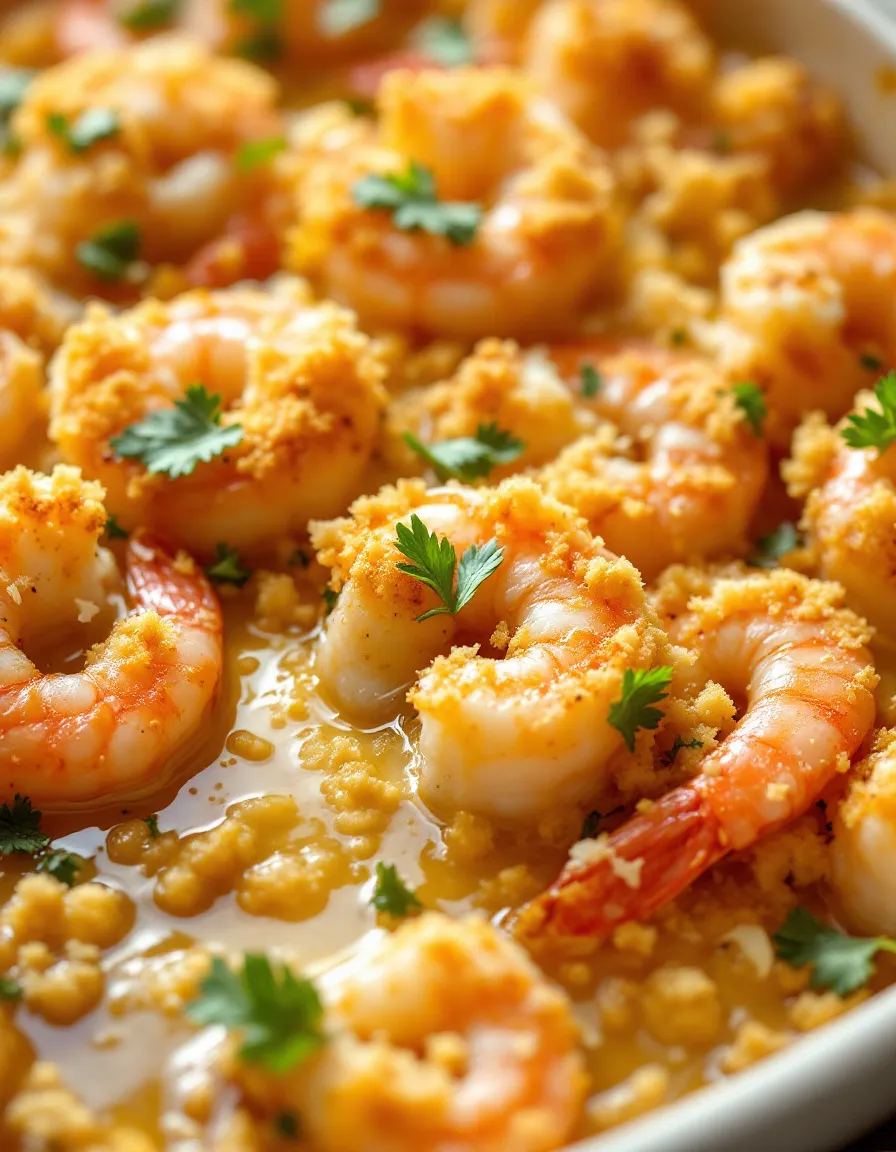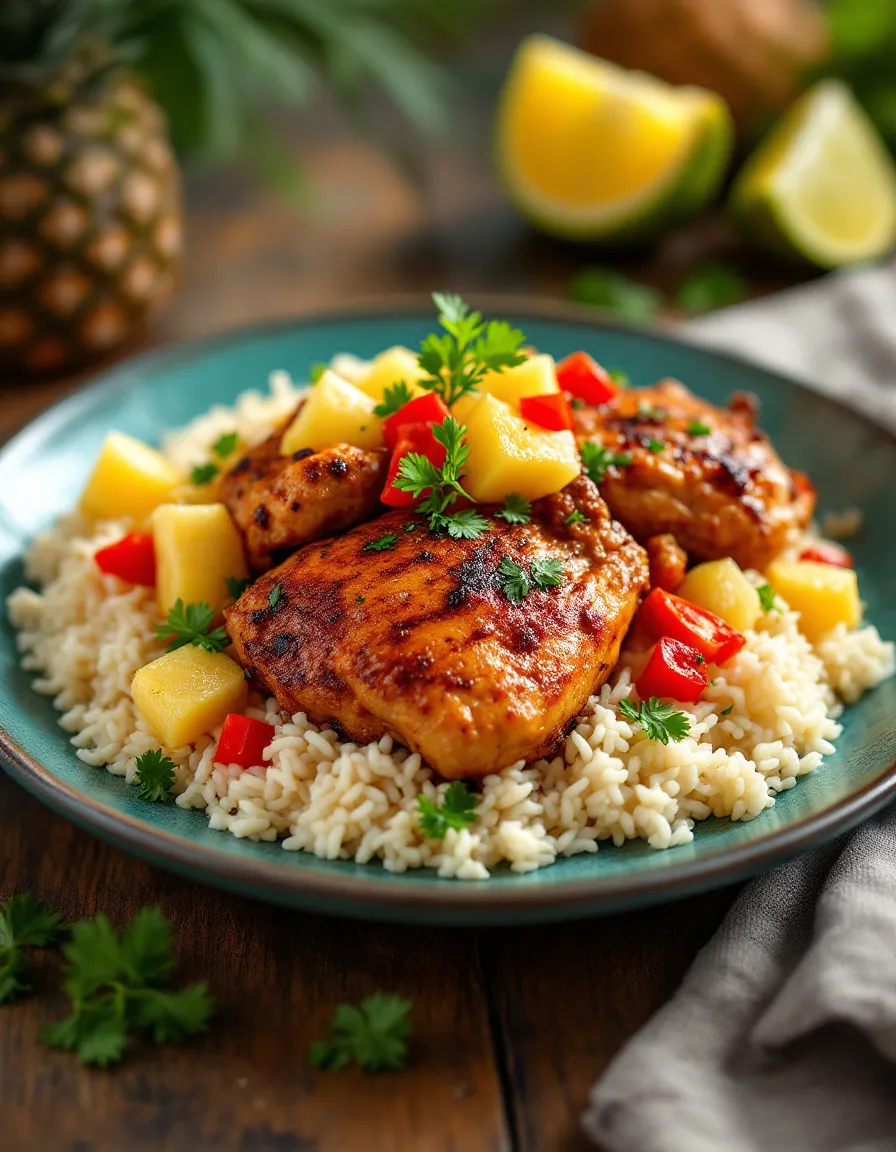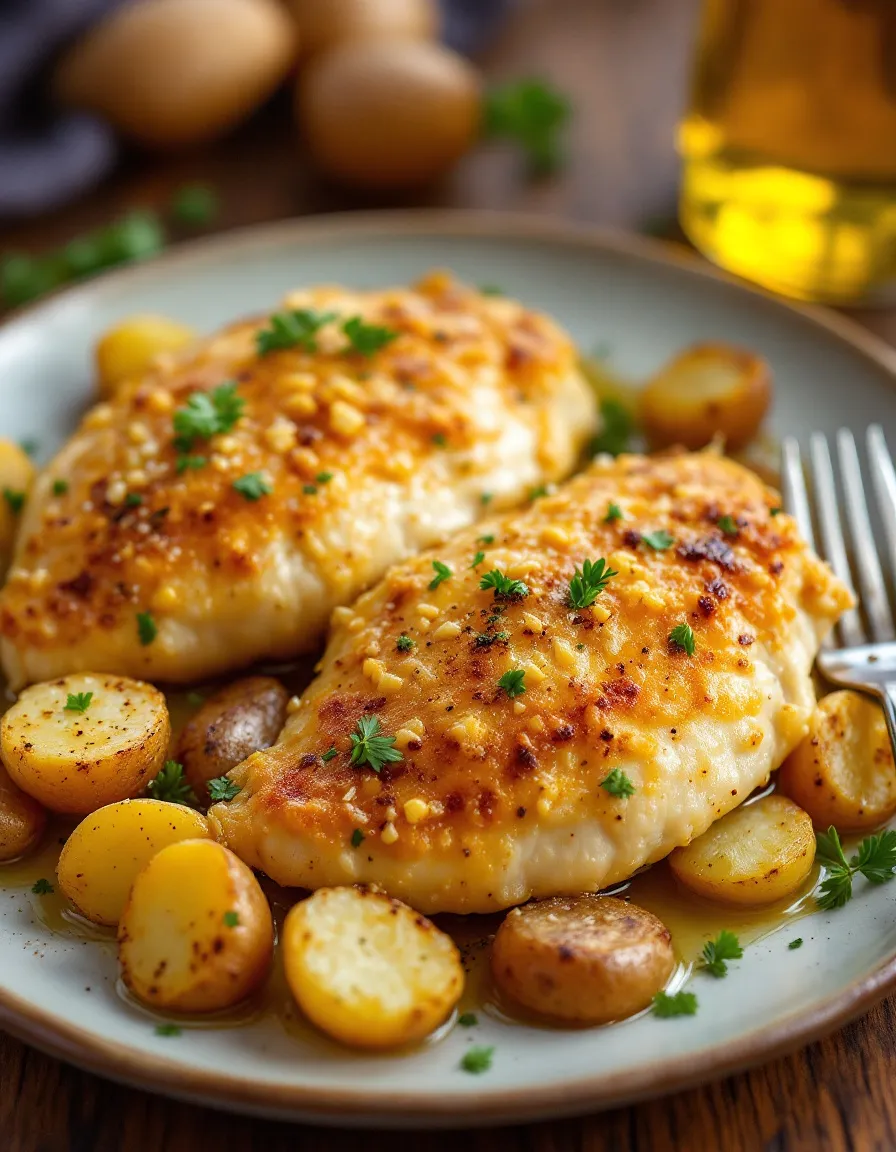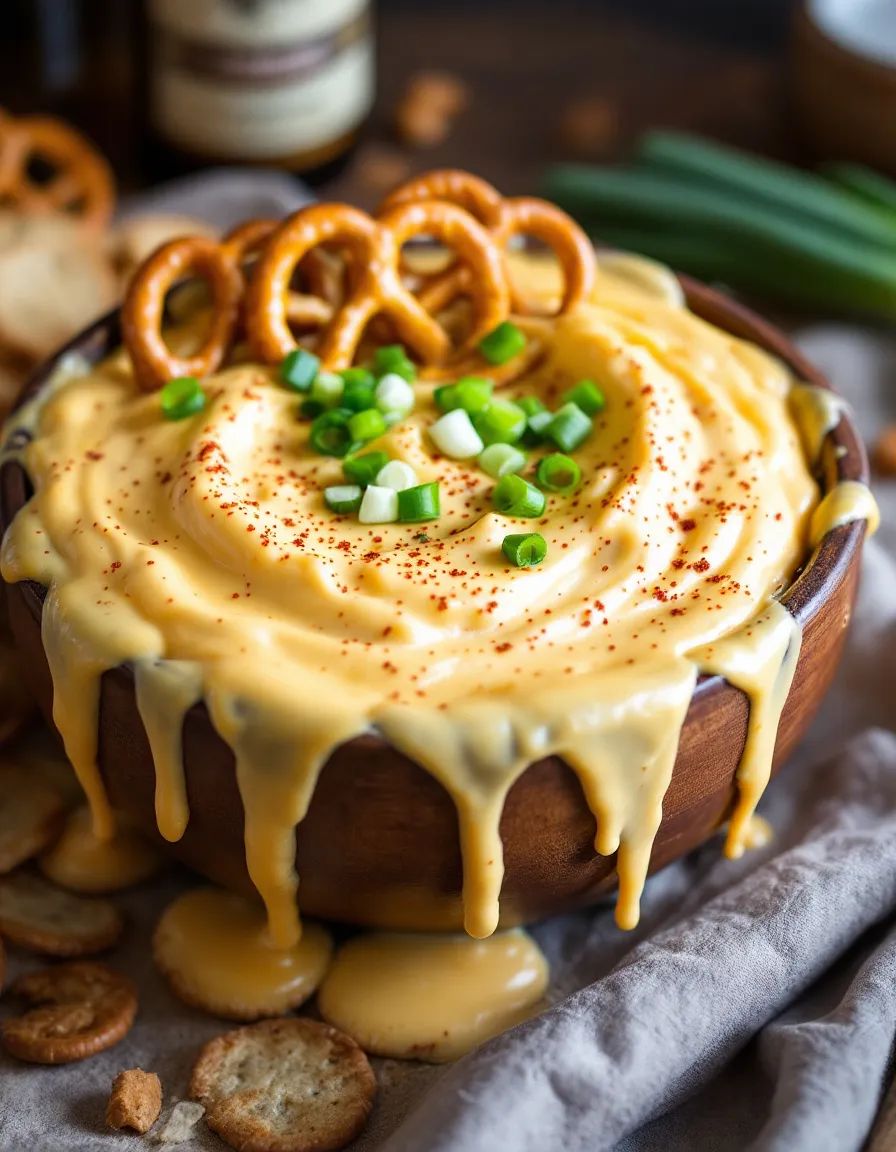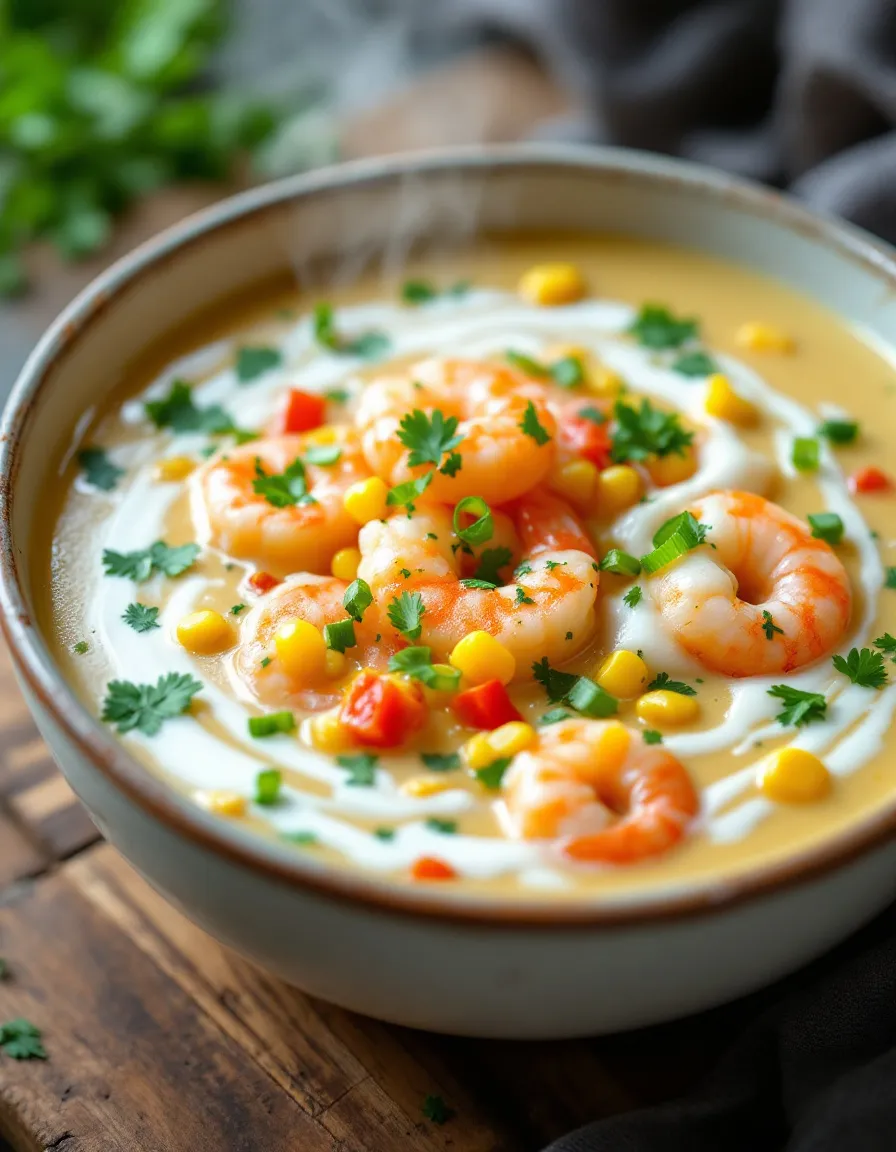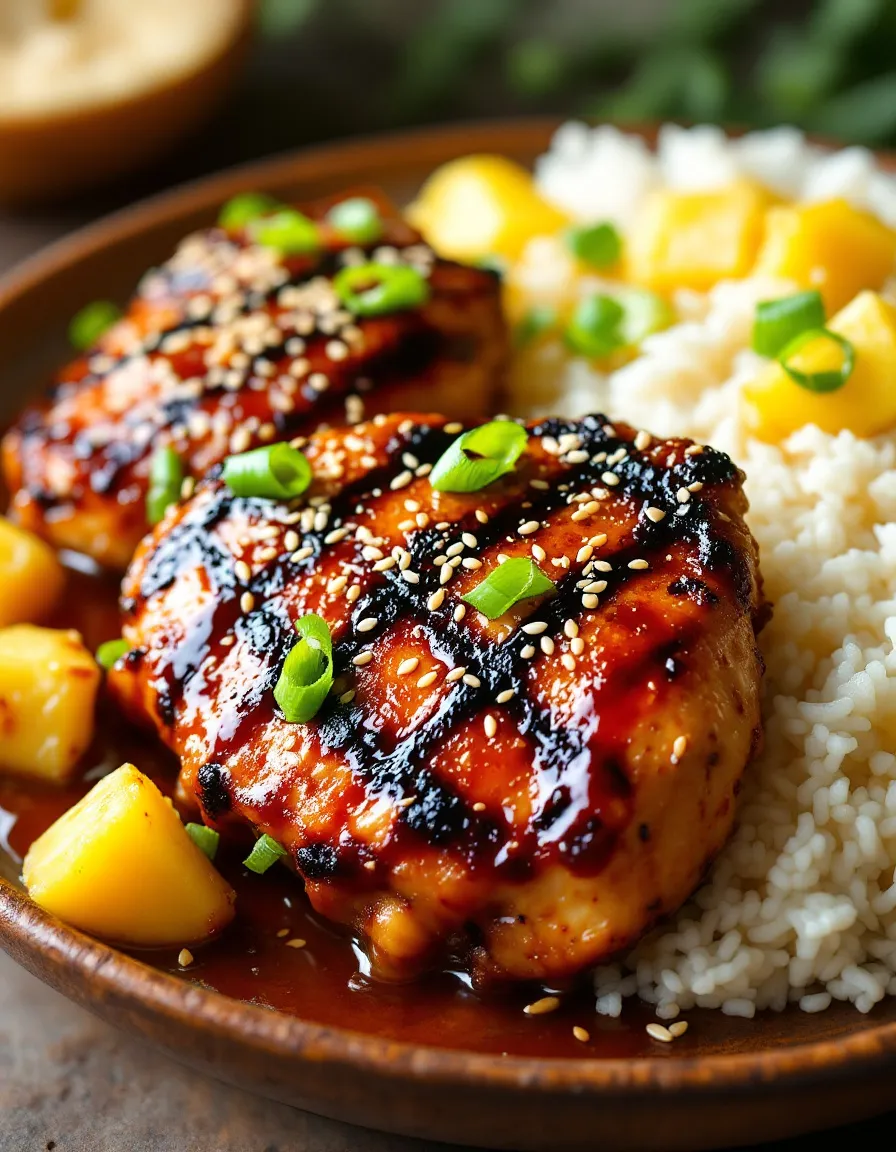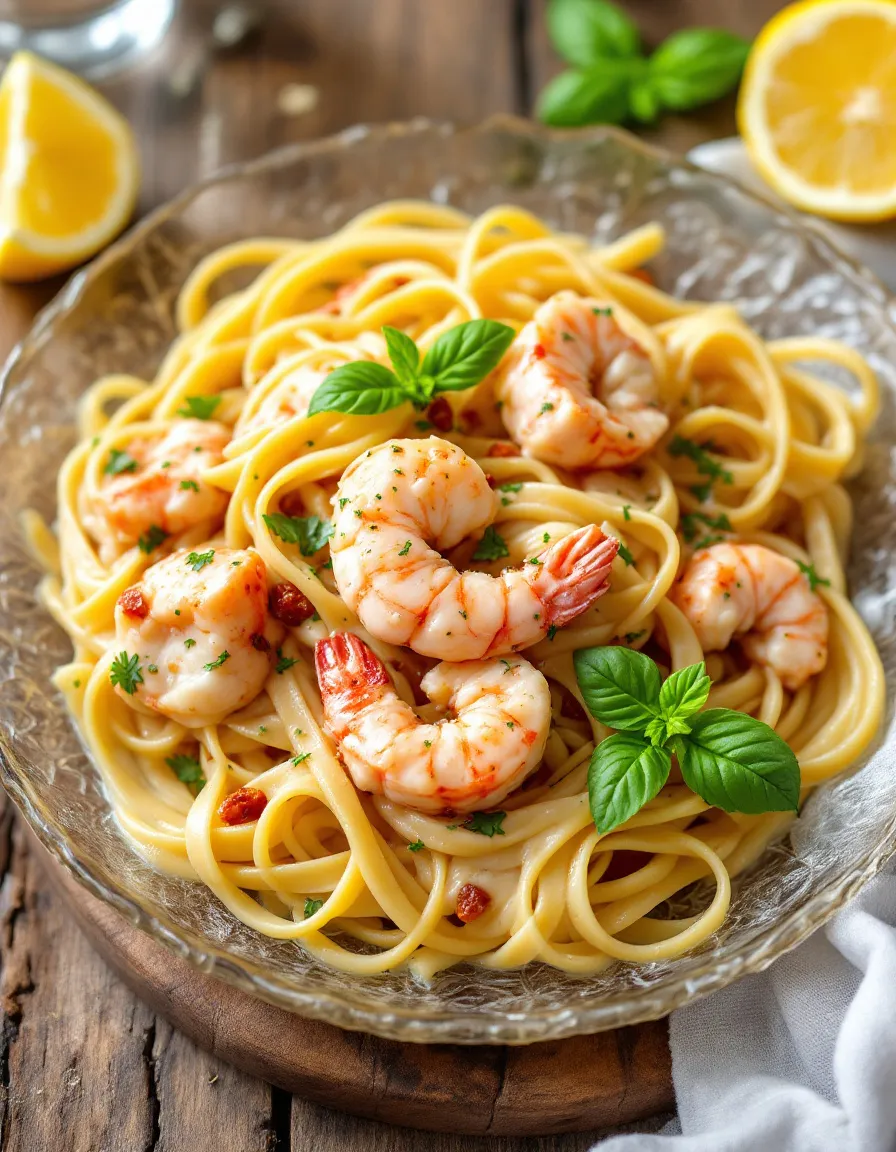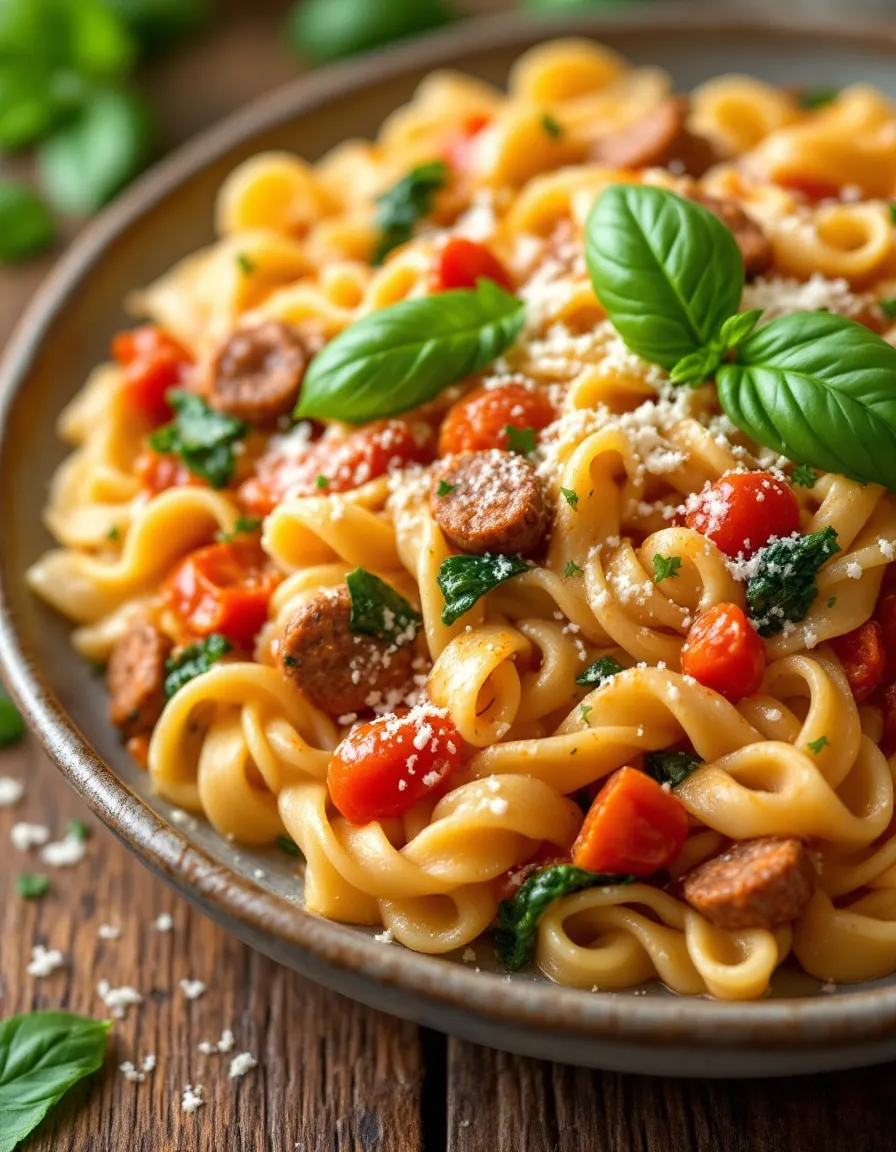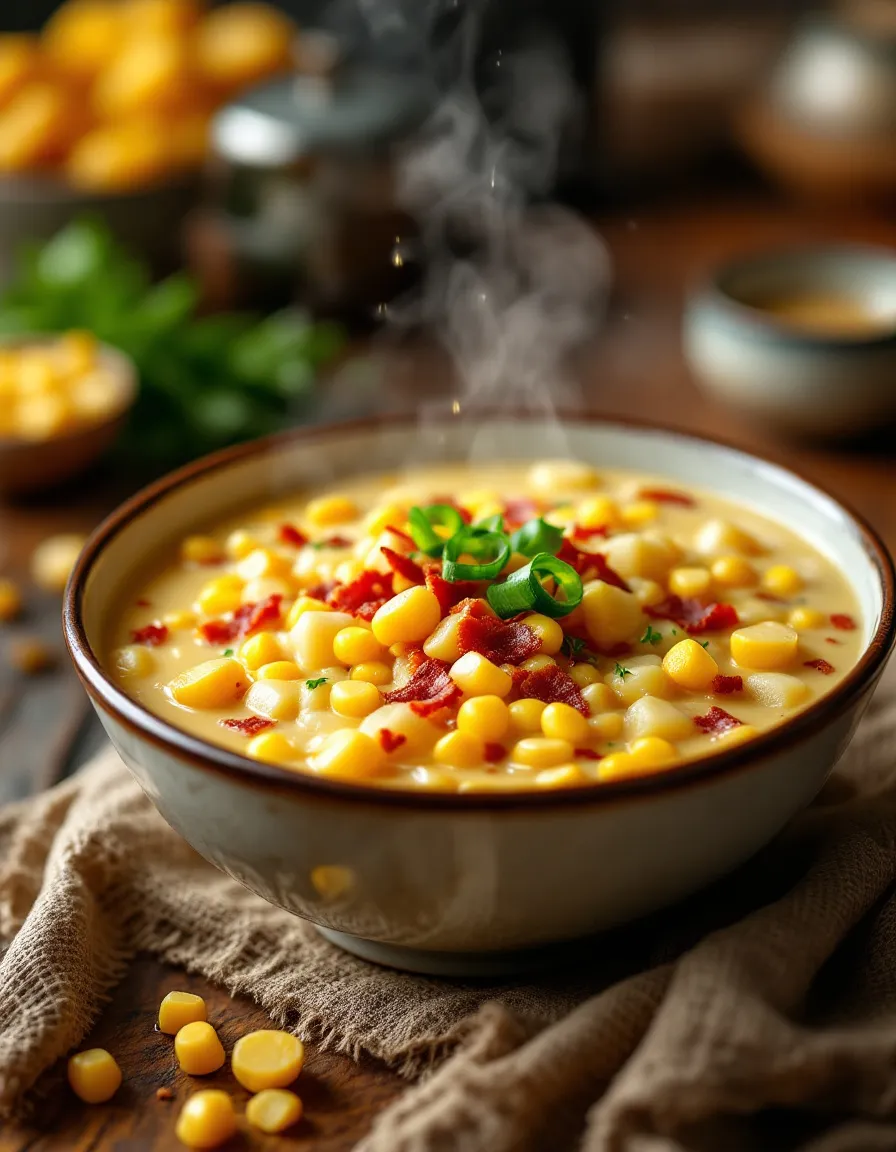Baked Stuffed Shrimp Casserole: A Flavorful Seafood Delight
Indulge in the sensational flavors of our Baked Stuffed Shrimp Casserole, a delightful dish that seamlessly merges succulent shrimp with a rich, creamy filling. This casserole is perfect for seafood lovers, featuring a harmonious blend of spices, herbs, and a crunchy topping that elevates each bite. Each spoonful bursts with the ocean’s essence and warmth, providing not just a meal but a culinary experience that transports you to a coastal paradise.
The beauty of this Baked Stuffed Shrimp Casserole lies not only in its robust flavors but also in its comforting, hearty texture. Enveloped in a creamy, savory sauce, the shrimp become tender and juicy, while the crispy topping adds an irresistible crunch. It’s the communion of textures that keeps your taste buds dancing, making this dish an ideal centerpiece for both family dinners and festive gatherings.
Quick Recipe Highlights
- Flavor Profile: A delightful mix of savory, buttery shrimp with aromatic herbs and spices.
- Texture: Creamy filling paired with tender shrimp and a crispy topping.
- Aroma: Enticing blend of garlic, herbs, and the ocean’s freshness.
- Visual Appeal: A beautiful golden crust atop a vibrant mix of shrimp and filling.
- Skill Level Needed: Intermediate – basic kitchen skills required.
- Special Equipment: Baking dish, mixing bowls, and an oven.
Recipe Overview
- Difficulty Level: While not too complex, this recipe does require attention to detail, especially in the stuffing and baking stages.
- Category: A delightful main course, perfect for dinner parties or special occasions.
- Cuisine: This dish draws inspiration from coastal cuisines, emphasizing the freshness of seafood with a twist of home cooking.
- Cost: Ingredients are relatively affordable, making this an economical choice for a gourmet meal.
- Season: Great for any season, especially enjoyable in summer when seafood is at its finest.
- Occasion: Perfect for gatherings, dinner parties, or family meal nights.
Why You’ll Love This Recipe
The Baked Stuffed Shrimp Casserole delivers an irresistible taste that is both savory and satisfying. The combination of shrimp and creamy filling tantalizes your palate, ensuring each bite is a flavor explosion. It appeals to both the taste buds and the way it’s made: fresh ingredients come together to create a dish that feels luxurious but is straightforward enough for a weeknight dinner.
Preparing this casserole is a breeze, as it requires minimal kitchen tools and can be assembled in just a few minutes. The simplicity of the recipe makes it convenient for even the busiest home cooks, allowing you to spend more time enjoying the meal with your loved ones rather than stuck in the kitchen.
Nutritional advantages make Baked Stuffed Shrimp Casserole a great addition to your meal plan. Packed with protein from the shrimp and essential vitamins from the herbs, this dish not only satisfies hunger but also supports a balanced diet.
Moreover, it’s a fantastic option for entertaining guests. With its stunning presentation and delicious aroma wafting through the air, this casserole is sure to impress, fostering a warm and inviting atmosphere at your table.
Finally, affordability sets this recipe apart, allowing you to create a gourmet meal without breaking the bank. You can enjoy a luxurious dish at home, making it accessible and stylish at the same time.
Historical Background and Cultural Significance
The origins of stuffed shrimp can be traced back to coastal regions where seafood is a staple. Each locality adds its unique twist to the dish, creating variations that reflect the culture and ingredients available. Over the years, stuffed shrimp has evolved into a beloved comfort food, often served during gatherings and celebrations, symbolizing abundance and hospitality.
In many cultures, seafood represents luck and prosperity, making shrimp casserole an ideal dish for special occasions. It brings families together, highlighting the importance of sharing meals in many traditions.
The evolution of the Baked Stuffed Shrimp Casserole exemplifies how classic recipes can be adapted while retaining their emotional and cultural significance. This recipe showcases the ability to change over time while staying true to its wholesome roots.
Regional variations are abundant; some use different seafood while others incorporate local spices, showcasing the diversity of culinary practices. This adaptability contributes to its popularity and ensures its place in many households.
Ingredient Deep Dive
Shrimp: Shrimp has been prized for its delicate flavor and firm texture for centuries. Rich in protein and low in calories, it has a low-fat content, making it a healthy choice. When selecting shrimp, look for ones that are firm and have a fresh sea-like smell. Store shrimp in the coldest part of your refrigerator to ensure freshness, and consider freezing any leftovers for future use.
Breadcrumbs: Breadcrumbs add bulk and texture, enhancing the overall mouthfeel of the dish. They come from various types of bread and provide a great base for stuffing. When purchasing breadcrumbs, opt for those that are whole grain for added nutrition. Store them in a cool, dry place, and consider homemade options for a fresher taste.
Common Mistakes to Avoid
- Overcooking the shrimp: This can lead to rubbery and tough shrimp. Always cook just until they turn opaque.
- Using stale breadcrumbs: Always use fresh breadcrumbs for better texture and flavor.
- Not seasoning adequately: Make sure to season each layer for a well-rounded flavor.
- Assembling ahead of time without refrigerating: Keep the casserole chilled until ready to bake to ensure safety and freshness.
- Skimping on the sauce: The creaminess enhances the overall dish, so don’t hold back!
- Not letting it rest before serving: Allowing the casserole to rest gives it time to set, making it easier to serve.
- Ignoring the topping: A crispy finish adds flavor and contrast, so don’t skip the final touches!
- Not using enough herbs: Fresh or dried herbs elevate the flavor profile, so use them generously.
Essential Techniques
Mastering the technique of stuffing shrimp ensures that they cook evenly while retaining moisture. Start by preparing the stuffing and then carefully filling each shrimp without overstuffing it. This ensures that the filling stays intact while baking.
Understanding how to achieve the perfect bake is crucial. Monitor the casserole closely, opting to use a thermometer to check if the internal temperature reaches 145°F. Look for a golden brown crust as an indicator of doneness.
Pro Tips for Perfect Baked Stuffed Shrimp Casserole
1. Choose the right size shrimp: Large shrimp will hold up better during baking.
2. Experiment with seasonings: Try adding a splash of lemon juice or hot sauce for extra zest.
3. Make it spicy: Incorporate diced jalapeños or red pepper flakes for a kick.
4. Customize the filling: Use crab meat or lobster for a luxurious twist.
5. Pair with a fresh salad: A light salad complements the richness of the casserole.
6. Let it cool: This enhances the flavors and makes serving easier.
7. Save time by preparing ahead: Prepare the filling and shrimp the night before.
8. Freeze leftovers: Perfect for a quick meal option later on.
Variations and Adaptations
Regional variations can introduce different types of seafood, such as crab or scallops, into the casserole. This opens up a new world of flavor while maintaining the essence of the dish. Seasonal adaptations might include adding fresh vegetables like zucchini or bell peppers paired with shrimp, enhancing nutritional value and visual appeal.
Dietary modifications are straightforward; opt for gluten-free breadcrumbs and dairy alternatives to make a gluten-free or dairy-free version without sacrificing taste. Flavor variations are vast as well; consider infusing the filling with pesto or a hint of curry for an exotic touch.
Serving and Presentation Guide
For appealing plating, scoop the casserole into individual portions using a spatula. Top each serving with freshly chopped herbs for a pop of color, and consider garnishing with lemon wedges. Traditional accompaniments could include garlic bread or a crisp green salad.
Ensure the casserole is served warm for the best taste experience, and visually, the golden crust should catch the eye as it comes out of the oven. Pay attention to portion control, serving enough to satisfy but allowing room for additional sides.
Wine and Beverage Pairing
For wine pairings, a chilled Chardonnay offers a perfect balance with its crisp acidity complimenting the richness of the casserole. Non-alcoholic alternatives such as sparkling water infused with citrus can brighten the meal while retaining the festive spirit.
If including coffee after dinner, consider a smooth roast to complement the flavors of the casserole. Serve all drinks chilled or warm, as necessary, to enhance the dining experience.
Storage and Shelf Life
Store the casserole in an airtight container in the refrigerator, where it can last for up to three days. Be mindful of temperature requirements; the casserole should cool before sealing to prevent moisture buildup inside the container.
If freezing, cool completely before wrapping well in plastic wrap and foil. It can be stored in the freezer for up to three months. Reheat in the oven to preserve the texture, ensuring it reaches an internal temperature of 165°F.
Make Ahead Strategies
Prepare the filling and shrimp a day in advance, storing them separately in the fridge to maintain freshness. When ready to bake, simply assemble and pop it in the oven.
For an even more streamlined experience, consider pre-scooping and storing single-serve portions of the casserole to make reheating and serving easier for busy weeknights.
Scaling Instructions
If you wish to halve the recipe, simply adjust the ingredient quantities accordingly. Doubling the recipe requires a larger baking dish and may necessitate longer baking times to ensure an even cook.
Make sure you adjust your oven racks if needed, allowing for proper air circulation and an even bake. When scaling, monitor the casserole closely to achieve perfect results.
Nutritional Deep Dive
This casserole is rich in protein, thanks to the shrimp, making it a filling meal option without excessive calories. Each serving can provide a good amount of Omega-3 fatty acids, beneficial for heart health, along with essential vitamins and minerals.
Being mindful of portion sizes can help with weight management. For those following specific dietary regimes, it can be adjusted to meet macro requirements, making it versatile for many eating plans.
Dietary Adaptations
For those pursuing gluten-free options, simply substitute standard breadcrumbs with gluten-free varieties. Dairy-free variations can be achieved using plant-based creams instead of traditional dairy products.
Vegan families can explore tofu or tempeh to create a stuffing that replicates the texture of shrimp while maintaining moisture and flavor. This adaptability ensures everyone at the table can enjoy the meal.
Troubleshooting Guide
If you encounter texture issues, consider either undercooking slightly or adjusting cooking time. In case of flavor imbalance, adding citrus or fresh herbs can lift the overall taste of the dish.
Temperature problems can often be resolved by ensuring your oven’s thermostat is accurate, which helps achieve an even bake. For ingredient substitutions that didn’t result as expected, keep a journal of successful ones to streamline cooking in the future.
Recipe Success Stories
Community feedback consistently highlights the ease of preparation and the wonderful presentation of the Baked Stuffed Shrimp Casserole. Family gatherings and festive occasions have turned into memorable events thanks to this delightful dish.
Readers have shared their adaptations with various types of seafood, showcasing the versatility of the recipe. These variations have inspired countless others to put their spin on this classic, helping the dish evolve within home kitchens everywhere.
Frequently Asked Questions
Can I use frozen shrimp? Yes, you can. Just ensure they are fully thawed and patted dry before use for the best results.
What can I substitute if I don’t have breadcrumbs? Crushed crackers or panko can be excellent alternatives, each providing a unique texture and flavor.
How can I make this dish spicier? Consider adding diced jalapeños, crushed red pepper, or even a dash of hot sauce to the filling.
Is it possible to double the recipe? Absolutely! Just ensure you have a larger baking dish and adjust the bake time as needed to ensure even cooking.
Can leftovers be reheated? Yes, reheat leftovers in the oven for the best texture, ensuring they reach an internal temperature of 165°F.
How long does this casserole last in the fridge? It can last up to three days when stored properly in an airtight container.
Can I prepare this in advance? Yes, you can prepare the filling and shrimp ahead of time and assemble it when ready to bake.
What side dishes pair well with the casserole? Light salads, garlic bread, or steamed vegetables make great complements.
What type of cheese can I use for a topping? A sprinkle of grated parmesan or cheddar can enhance the flavor and provide a wonderful crust when baked.
What is the best way to store leftovers? Use an airtight container in the refrigerator, or freeze it for longer storage.
Additional Resources
Check out other seafood recipes on our blog to expand your culinary repertoire. Explore techniques for working with shrimp and other seafood to gain confidence in the kitchen. If you’re looking for specific equipment recommendations for preparing this dish, our kitchen gear section shares which tools work best for seafood cooking.
Don’t forget to take benefit from seasonal variations. Fresh vegetables and herbs can elevate this dish, making it appropriate for any dining occasion throughout the year.
Join the Conversation
We love hearing from our community! Share your photography of the Baked Stuffed Shrimp Casserole on social media and inspire others. Your variations and feedback could lead to exciting future updates and recipes. Engage with us through comments and questions as we continue our culinary journey together.
The Recipe
Baked Stuffed Shrimp Casserole
Serves: 4
Prep Time: 20 mins
Cook Time: 30 mins
Total Time: 50 mins
Kitchen Equipment Needed
- Baking dish
- Mixing bowls
- Knife
- Spatula
- Oven mitts
Ingredients
- 1 lb large shrimp, peeled and deveined
- 1 cup breadcrumbs
- 1/2 cup cream cheese, softened
- 1/4 cup mayonnaise
- 2 cloves garlic, minced
- 1/4 cup chopped parsley
- 1 teaspoon lemon juice
- Salt and pepper to taste
- 1/2 cup shredded cheese for topping (optional)
Directions
- Preheat your oven to 350°F (175°C).
- In a mixing bowl, combine the cream cheese, mayonnaise, garlic, parsley, lemon juice, salt, and pepper.
- Add breadcrumbs to the mixture until well combined.
- Stuff each shrimp with the filling, ensuring not to overfill.
- Arrange the stuffed shrimp in a greased baking dish.
- If using, sprinkle shredded cheese on top of the shrimp.
- Bake for 25-30 minutes, or until the shrimp are opaque and the topping is browned.
- Let it rest for 5 minutes before serving.
Recipe Notes
- Feel free to add spices to the stuffing as desired.
- Leftovers can be stored in the fridge for up to three days.
- This dish can be frozen for up to three months; simply reheat in the oven.
